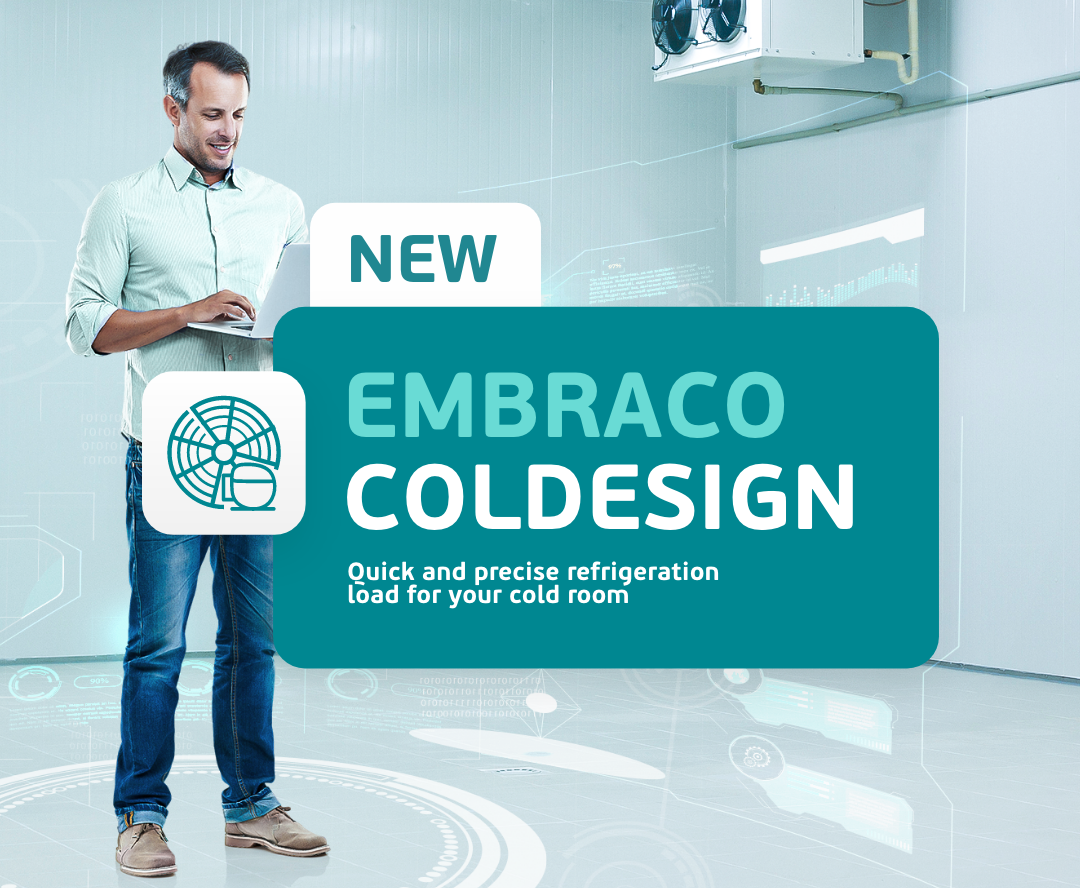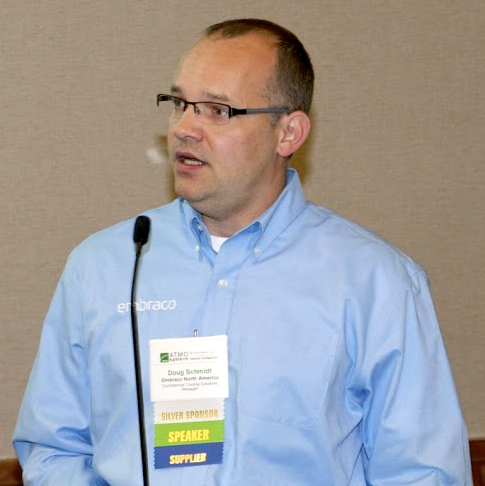It’s important to understand what these nomenclatures mean
Compressors can be classified into four types, depending on their application: LBP, MBP, HBP and AC.
The LBP nomenclature comes from Low Back Pressure associated with low evaporation temperatures (low systems). LBP compressors are typically used for application in freezers, refrigerators and conservers.
The second type is the MBP, acronym for Medium Back Pressure, whose models are applicable for medium evaporation temperature (medium systems) such as beverage and self service displays.
While HBP models, or High Back Pressure (high back pressure) should be applied for high evaporation temperature (high systems), such as coolers, dehumidifiers and air driers.
The fourth type is the AC compressors for use in air conditioning equipment, which won’t be detailed in this article.
It’s worth mentioning that this nomenclature depends on each compressor manufacturer and may change. Also it’s very common to use compressor models that are an amalgamation of two classes, such as L/MBP.
Relation between refrigerant fluid and working pressure
Usually out in the field we associate the refrigeration system evaporator temperature with the pressure in the low line as indicated on the measuring device (manifold or pressure gauge).
It’s important to be aware of the fact that each refrigerant has specific working pressures. Therefore, take care to not make a mistake when it’s time for a gas charge, by not being accustomed to working with that refrigerant fluid. Even installing the right compressor for the application, an error in gas charge will cause problems.
 The figure shows the difference between evaporation temperature, back pressure and refrigerant. Looking at it, it’s possible to make comparisons for the main refrigerants that are in use or that have already been used.
The figure shows the difference between evaporation temperature, back pressure and refrigerant. Looking at it, it’s possible to make comparisons for the main refrigerants that are in use or that have already been used.
Assuming a refrigeration system whose back pressure was 45 psig, we would have the following situations for the fluids shown in the Figure:
- R404A – evaporation temperature would be −30°C and, consequently, the application would be LBP, such as a freezer;
- R22 – evaporation temperature would be −24°C and, therefore, the application would be LBP, such as a conserver;
- R12 – evaporation temperature would be −11°C and consequently, it would be at the end of the LBP range, such as a beer cooler;
- R134a – evaporation temperature would be −8°C and thus, it would be in the L/MBP range, such as a beverage or self-serve display;
- R600a – the evaporation temperature would be +8°C, which would mean that it’s in the HBP range, such as a water cooler.
So, care must be taken not only in choosing the compressor, but also when installing and carrying out the gas charge on the system.
What to consider when choosing a compressor

When it’s necessary to change the compressor, always check the type of application where it will be used to select an appropriate model.
So, the first step in a replacement is to know what the original compressor was or what the product’s application is. This is because the compressor’s operating conditions can vary greatly, depending on the design of the equipment in which it’s used. No use thinking that the same type is used for all water coolers: there are models that require HBP compressors and others designed for L/MBP.
There are many differences between the systems: freezers work with low evaporator temperatures between −35°C and −25°C while dehumidifiers remain above 0°C. It should be remembered that the higher the evaporation temperature, the greater the work done by the compressor motor must be. So, a compressor motor for high (HBP) will have a higher torque than a similar motor designed for low (LBP).
What happens to the application with an inappropriate system
Using an inappropriate compressor for a desired application may not be immediately perceived as it can work for a short time. However it’s inevitable that problems will occur. When trying to use an LBP or L/MBP compressor on a system that requires a HBP model, the following problems are frequent:
- Tripping of the compressor. That is, it will start and may work for a few seconds and then the thermal protector will trip;
- The motor will not have the strength to start and the thermal protector will trip;
- Reduced compressor life due to excessive shaft and valve plate wear, among other mechanical components.
In short, the compressor may even work, depending on the system, but surely will have its useful life diminished. If the case is the opposite, that is, using a HBP model for an application that requires an LBP model, the consequences will be equally bad:
- Overheating of the housing, with the consequent tripping of the thermal protector, and in the medium term, impairment of the coil. This is because the refrigerant has the secondary function to cool the compressor motor. If the amount of fluid circulating in the system is low, it will not cool the motor;
- Oil heating and lubricity loss, leading to increased compressor wear.
The recommendation, therefore, is: to know the application well when choosing the compressor replacement.



